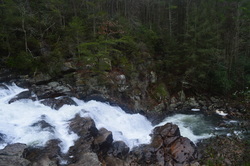 The Jacks River is a turbulent waterway that is the main linear focus of the northern Cohutta Wilderness. The Jacks River Trail travels through the wilderness from the river's headwaters near Dally Gap to the wilderness boundary and the place where Jacks River flows into the Conasauga River in Alaculsy Valley. With 42 fords, the trail is the wettest trail in the Cohutta Wilderness, but also the most scenic, passing through a gorge and past a large waterfall. On this hike, you'll have a chance to experience two fords of the Jacks River, as well as see Jacks River Falls - one of the most powerful waterfalls in Georgia. This hike occurred on Saturday, March 14th, 2015. My plan was to hike the Rice Camp Loop clockwise. I would first take the Rice Camp Trail to the Jacks River. From there, I would take the Jacks River Trail upstream, stopping by Jacks River Falls long the way. Next, I would take the Hickory Ridge Trail and follow it to its terminus at the East Cowpen Trail near Buckeye Mountain. I would finish by taking the East Cowpen Trail downhill back to the trailhead. R/T Length of Trail: 11.2 Miles Duration of Hike: 8:00 Type of Hike: Loop Difficulty Rating: 7 out of 10 Pros: Most of the hike is on groomed trails Cons: Many fords of Rice Camp Branch and Jacks River, including one extremely difficult and potentially dangerous ford of Jacks River; very steep uphill sections on Hickory Ridge Trail; no camping allowed in Jacks River Falls/Beech Bottoms area Scenic Views: None Water Features: Jacks River Falls - 9 stars Best Season(s) to Hike: Spring; Summer Trail Blaze Color(s): None; Some Jacks River fords may have a faded blaze Beginning Point: Rice Camp Trailhead Directions: From Chatsworth, GA: Follow US Route 411 North for about 13 miles. In Cisco, turn right onto Old Highway 2. The road will turn gravel shortly. Follow it for 7.6 miles, and then, turn right onto Forest Service Road 51, which is the road leading to the Rice Camp Trailhead. Follow this road for 4.9 miles to the dead-end and parking area. This road is generally in good condition, but due to two car fords of Jigger Creek, you will probably need a high-clearance vehicle to reach the trailhead. There are also a couple small muddy areas. My GPS device malfunctioned during much of this hike, and for this reason, I had to manually edit my map. I drew by hand a line for the approximate location of the trail, where my GPS device didn't record. Thus, the map is not interactive. If you would like to see the interactive but uncompleted version of this hike's map, please click here. This is another hike which is only for experienced hikers, but for a completely different reason from my previous trail report. On this hike, there are 11 fords - 9 of Rice Camp Branch and 2 of Jacks River - and the first ford of Jacks River is extremely difficult and I would say potentially dangerous. The first ford of Jacks River is up to waist deep in some areas (although could be shallower in normal water conditions), and consists of large, slick, underwater rock slabs. These rock slabs are not even flat; many of them are angled or uneven, and it is extremely hard to make this ford because of the slippery conditions. Hiking poles are a must, and even with them, it's far from a guarantee that you can make it across. If you plan to attempt this ford, you must have river crossing skills and also, you must know how to swim, in case you end up falling into the deep river. With this said, most of the rest of the hike does not have any problems, as the other fords are all fine, and are just a nuisance. The only other problem is a STEEP climb on the Hickory Ridge Trail, that can be unpleasant after 6 miles and all the fords. But the rest of the hike does not require any special navigational or other hiking skills, so if you know for sure you can ford the river, then you can do this hike. Enough with the warnings now - let me get to the description. Two trails leave the Rice Camp Trailhead: the East Cowpen Trail continues uphill following an old roadbed beyond the turnaround, and the Rice Camp Trail leaves left, downhill from the turnaround. You will take the Rice Camp Trail and return by the East Cowpen Trail. As you start this hike, a thought might come up n our mind: if you are now going downhill, and the return trail would be downhill too, there will be a climb somewhere! And that's exactly why I put a difficulty rating of 7 for a generally easy hike. The 3 steep miles of the Hickory Ridge Trail make up for the easiness of the rest of the hike. In any case, for now, keep going downhill on the Rice Camp Trail. Within a quarter mile from the start, a small stream takes shape to the right of the trail. The stream keeps growing gradually as small feeder streams add in their weight from the left and right. The first crossing of the hike occurs at 0.7 miles, and is over the small stream. During the high water conditions in which I was here, this crossing could be crossed dry-shod, but just barely. What's the point anyway, when wet fords lay ahead? There are two more crossings of the stream. Then, at 0.9 miles, the stream drops into Rice Camp Branch, and the trail turns right to follow Rice Camp Branch upstream. At the turn, watch for a small sliding waterfall on the left. It can be a nice one after rain. Shortly afterwards, make the first out of nine fords of Rice Camp Branch. Perhaps all 9 fords can be done dry-shod during normal water levels, but when I was here, all of them were fords. Over the next mile, the fords of Rice Camp Branch come in quick succession as the trail crosses from bank to bank. Some are deep, some are not - the deepest was the last one, around knee deep. After this, at 1.9 miles, a feeder stream comes in from the left. Cross the stream, and then, switchback sharply to the left and now follow the small stream. This is the start of a short uphill section. At 2.1 miles,you will cross this small stream and then continue a gradual ascent, reaching a gap in a low ridge at 2.4 miles. From the gap, it gets a bit confusing. There are several different paths heading in different directions. Take the one on the left, and then bear right. The next half-mile of the trail is a bit strange - the trail winds between hills and crosses muddy drainages, without any clear indication of the destination. The terrain here reminds of the Piedmont more than of the mountains. At around 2.9 miles, the trail starts following a low ridge with some winter views. This area has been severely impacted by hurricane damage, but surprisingly, there are almost no blowdowns on the trail. A lot of trees were cut and moved off the trail. At 3.3 miles, the trail suddenly begins a steep descent down to the Jacks River, with few switchbacks. This section can be a bit hard if climbing it instead of descending it, although still better than Hickory Ridge. A small feeder stream on the right can be heard as the trail approaches the Jacks River. The Rice Camp Trail ends at the Jacks River Trail at 3.5 miles. Turning left will eventually bring you to Alaculsy Valley; turning right will bring you to Jacks River Falls and eventually Dally Gap. This hike follows the Jacks River Trail eastbound, so turn right. On the left, there's a large island in the river, separated from the mainland by a rocky, wet-weather channel. The trail will cross the feeder stream that it followed a bit earlier. At 3.6 miles, reach the Jacks River and make your first ford. If you are unsure of whether you can make this ford, this is a good place to turn around. Do not proceed without hiking poles. The ford took me nearly 30 minutes to complete, including taking a few pictures. The first part of the ford is the deepest but also the easiest with a soft riverbed - 2/3 of the ford, which come after the beginning, consist of rock slabs that are extremely slippery, even though it's shallower here. If you do make it across, then you won't encounter any more problems of this sort throughout the rest of the hike. On the other bank, the trail enters the Jacks River Falls/Beech Bottoms camping closure area. This area has been recently closed to camping for it to recover, as it was damaged too much. This area is only along the part of the hike between the two fords of Jacks River. Camping is allowed throughout the rest of the hike after this area. The next section of the hike is also one of the most scenic sections. As the Jacks River Trail traces an old railroad bed upstream, there are many powerful rapids and small waterfalls on the Jacks River. After heavy rains, there can be several scenic sights along this stretch of the trail. After following the river for some time, the trail will rise well above it, crossing several small streams cascading off the steep slopes on the left. By 4.6 miles, the trail is so far above the river that vegetation significantly decreases the view of the river. But by the time you hear a large roaring sound, it means Jacks River Falls is around the corner - the sound is unmistakable. Reach Jacks River Falls at 4.7 miles. The 80-foot waterfall, cascading into a rock amphitheater and ending in a large pool, can be an impressive sight after heavy rains. Both of my trips to this falls were after heavy rains, and during those conditions, the whole waterfall is one big mass of whitewater , with drops of water flying almost as far as the trail. You might ask a question, "How do you get to the base of the falls?" That's a good question, and one which I didn't find the answer to. I was able to scramble down the cliff to a point on the side of the falls, but I couldn't see any easy way to get to the base. Some serious rock scrambling might be required. Maybe it would be easier to get off the trail somewhere earlier, when it followed the river, and then try to follow the river upstream to the falls. I'm not sure if that option would be possible after heavy rains though. After Jacks River Falls, the trail returns to following the river right along its bank. There are more rapids here. At 4.8 miles, reach Beech Bottoms Creek and ford it. Use caution descending down the rock slabs besides the creek. Again, during times of normal water flow, this may be a dry crossing, but when I was here, there was no way to cross it dry-shod. It seems like Beech Bottoms Creek brought the whitewater rapids to the river, because beyond the ford, the river became calm and deep, with few rapids. The trail here is level and easy as it gradually rises slightly above the river. After several more closed camping spots, reach a junction with the Beech Bottoms Trail at 5.4 miles. The Beech Bottoms Trail heads into Tennessee to its Big Frog Road Trailhead. The Beech Bottoms Trail is a good winter option for a hike to Jacks River Falls, as it's a relatively dry trail. Right after the junction, there is an unmarked junction with the Hickory Ridge Trail, although you may spot a sign for it nailed on a tree below the Jacks River Trail. The Hickory Ridge Trail drops right into a flat, while the Jacks River Trail continues straight. In the flat, there is a sign for the trail. Make the second and last ford of the Jacks River here, and also the last ford of any kind on the hike. After such a difficult first ford, this is a pretty easy ford. The footing is good and it's only knee deep. After the ford, follow a gravel bar along the ban of the river, and pay attention to where the trail leaves it and climbs to slightly higher ground to keep following the river. Then, watch for the trail turning sharply left, while a small stream, as well as the main river, lie ahead. Shortly cross the small stream and begin a long, often steep ascent to Buckeye Mountain. There are probably good winter views throughout the trail, but I couldn't tell because it was fogged in most of the time. After the first steep pitch, there are no steep areas for some time as the trail gradually keeps climbing up the ridge, but the steep pitches will start right when you think you are almost there. And from about halfway into the trail, the rest of the trail, whenever it's uphill, it's going to be steep. When you finally reach the end of the trail near the summit of Buckeye Mountain at 8.8 miles. You can now breathe a sigh of relief - no more climbing the rest of the hike. The East Cowpen Trail continues straight from here and continues climbing on its way to the summit of Buckeye Mountain and later Cowpen Mountain. The East Cowpen Trail also bears right, downhill, and this is where you're headed from here. The rest of the hike is downhill, and most of it is not steep. there will be a couple blowdowns, though, and several campsites. You will leave the Cohutta Wilderness at 10.9 miles, and make one final steep descent to the trailhead, reaching it at 11.2 miles. Several dozen yards before the trailhead, the Hickory Creek Trail leaves left on its way to the Conasauga River. To summarize, this is one of the better hikes in the Cohutta Wilderness that I have done. It's also generally on easy-to follow trails, and besides the steep climb and the one, very difficult river ford, the rest of the hike is manageable. Even with those two things, I think an intermediate hiker could do this hike, as long as you have river crossing skills. Below are my pictures and a video.
7 Comments
7/27/2016 06:07:13 pm
Hi, Im planing on doing a hike to the Jacks River falls on August 06 2016. Ill be getting there from Atlanta, GA
Reply
Hi Carlos,
Reply
Kim E.
8/1/2016 04:21:42 pm
It states on the description that there is one potentially dangerous ford in the Jacks River. Is it pictured here or it is at another area? We did the Penitentiary Trail to the Jack's River Trail and back to Dally Gap over the weekend. Are the crossing comparable?
Reply
Hi Kim, Im doing this rice camp trail to Jacks river falls this coming Saturday 06. I went ahead last weekend in order to learn better the directions on how to get to the trail head. Everything is as Mark describe in the comment above. The only thing I will add is the following:
Reply
Mark Oleg
8/2/2016 02:25:45 pm
Hello Kim,
Mark Oleg
8/2/2016 02:27:30 pm
Hello Kim,
Reply
Kyle Kramb
4/4/2018 05:35:24 pm
If doing this in reverse can you skip the deep ford at the Rice Camp Trail junction by continuing west on the Jacks River Trail towards Horseshoe bend?
Reply
Leave a Reply. |
About MeMark Oleg Ozboyd Dear readers: I have invested a tremendous amount of time and effort in this website and the Georgia Waterfalls Database the past five years. All of the work that has gone in keeping these websites updated with my latest trip reports has almost been like a full-time job. This has not allowed me to pick up a paid job to save up money for college, and therefore, I I've had to take out loans. If you find the information on this website interesting, helpful, or time-saving, you can say "thanks" and help me out by clicking the button above and making a contribution. I will be very grateful for any amount of support you give, as all of it will apply toward my college tuition. Thank you!
Coming in 2022-2023?
Other Hiking WebsitesMiles HikedYear 1: 540.0 Miles
Year 2: 552.3 Miles Year 3: 518.4 Miles Year 4: 482.4 Miles Year 5: 259.9 Miles Archives
March 2021
Categories
All
|
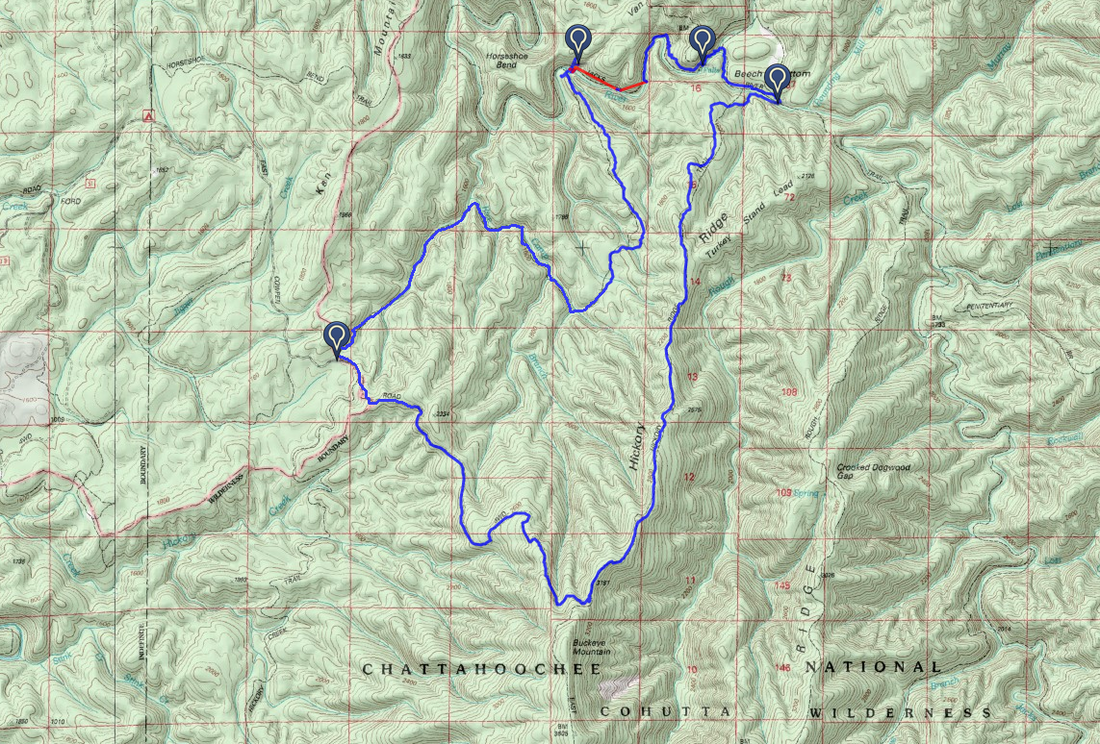
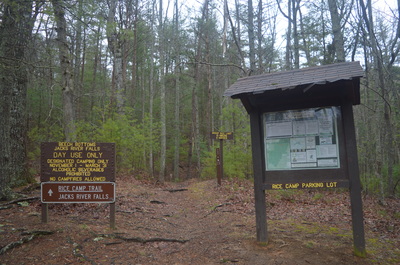
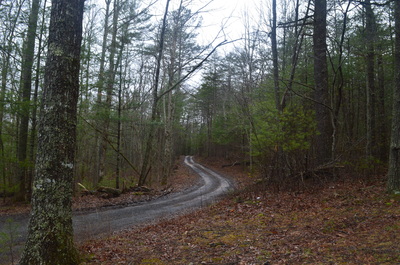
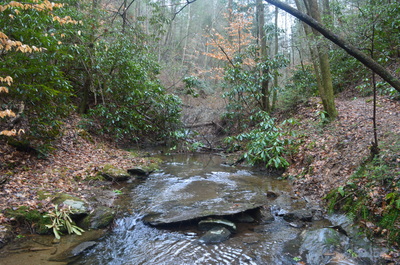
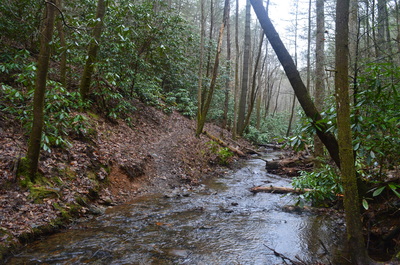
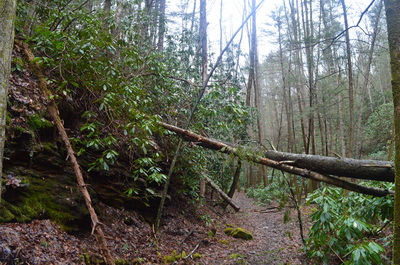
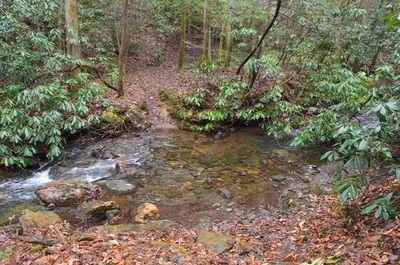
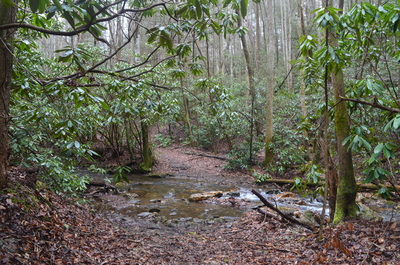
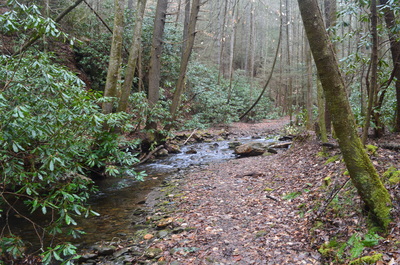
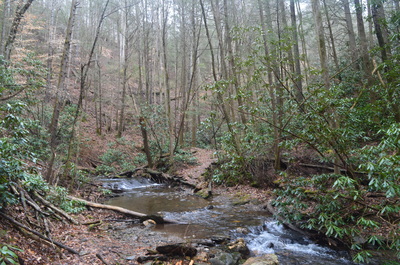
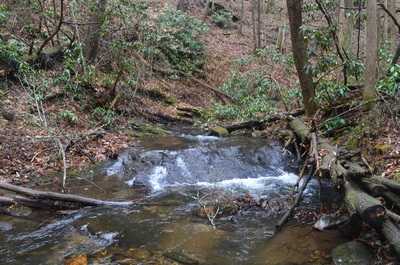
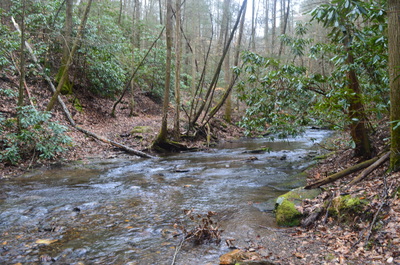
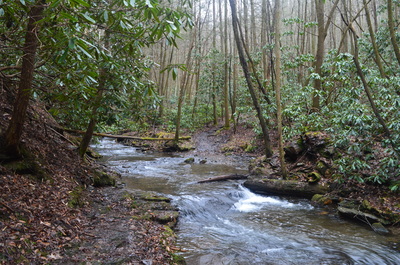
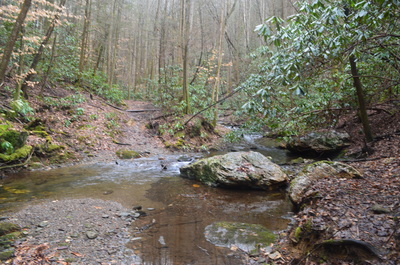
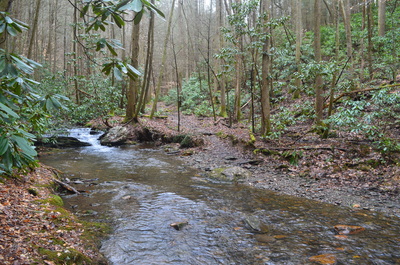
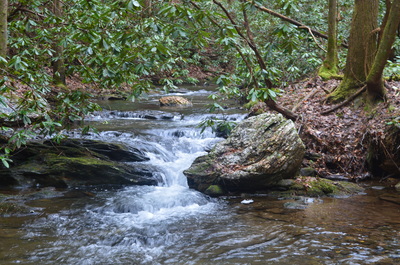
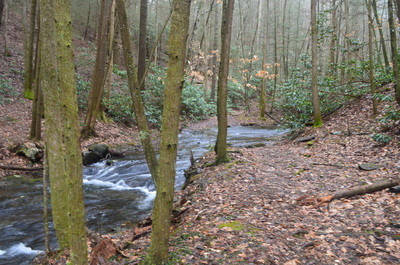
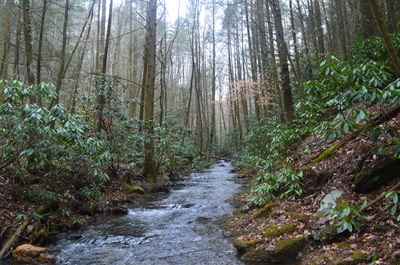
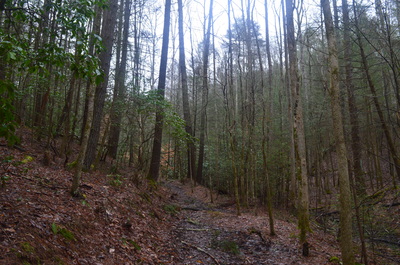
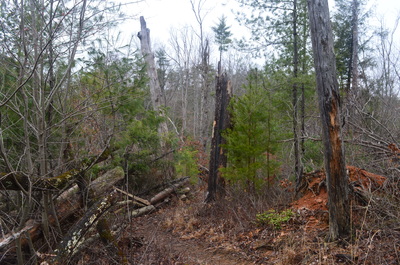
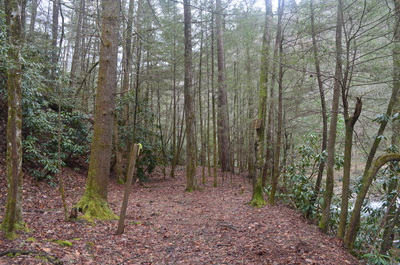
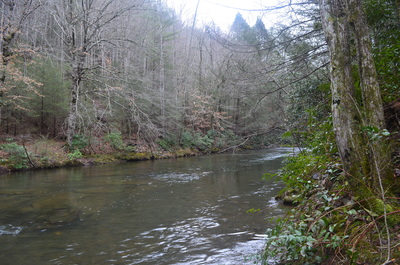
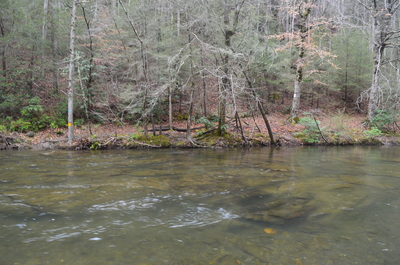
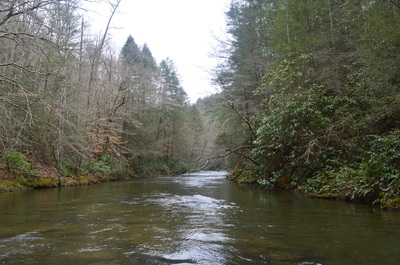
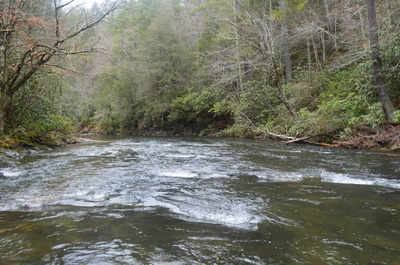
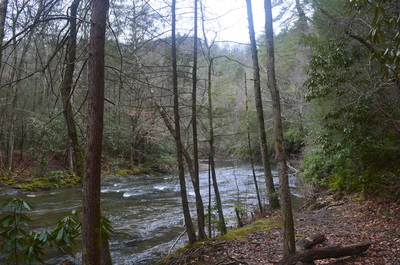
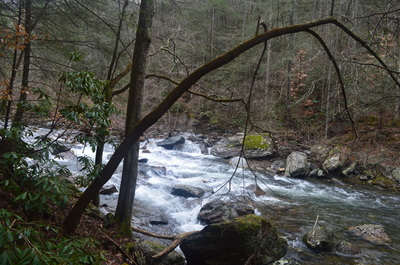
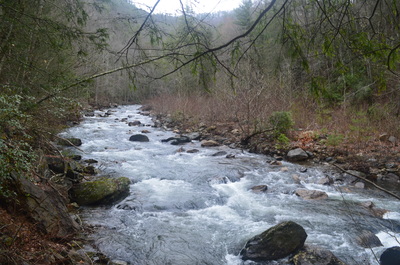
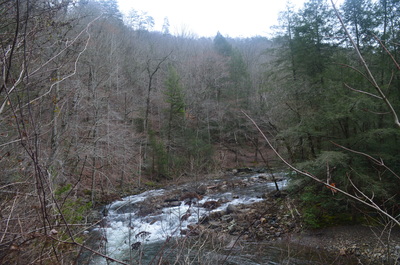
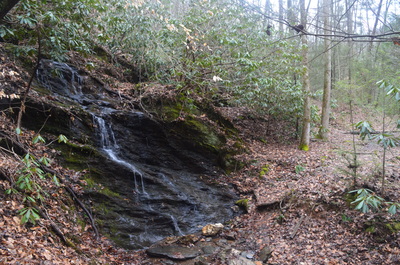
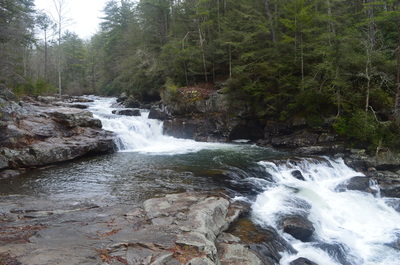
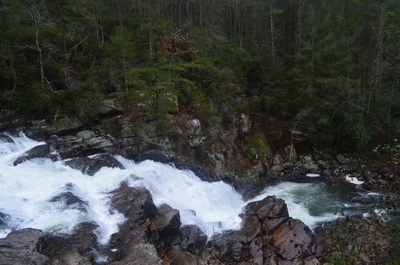
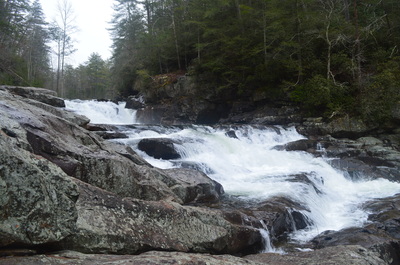
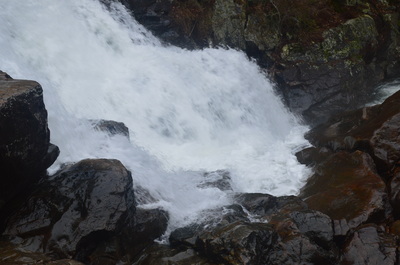
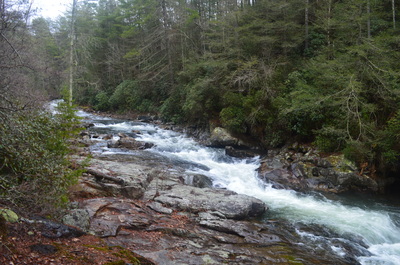
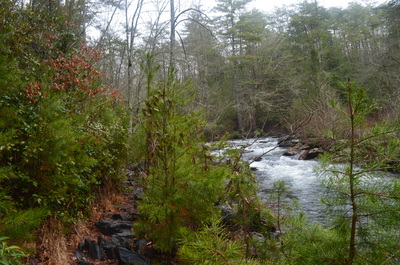
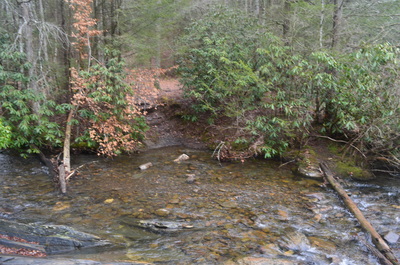
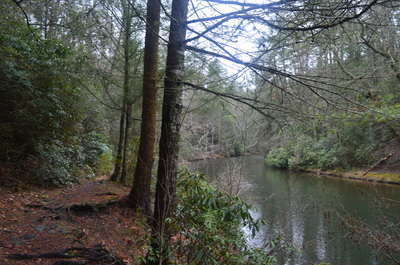
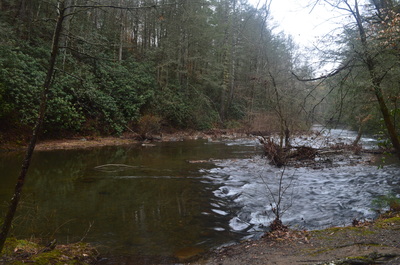
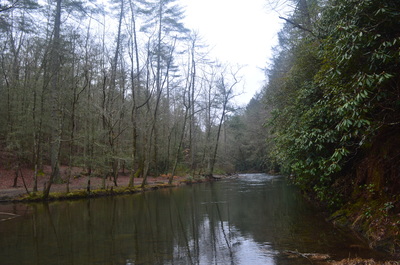
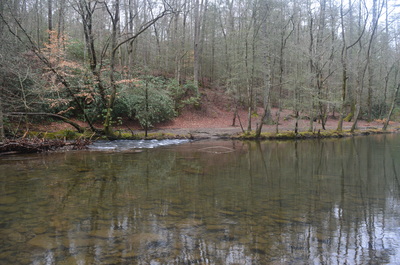
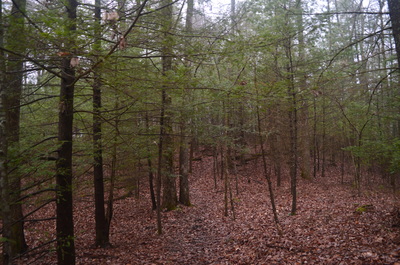
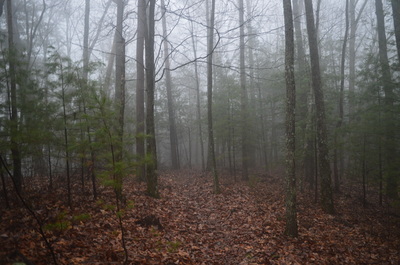
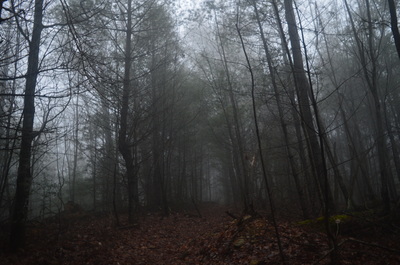
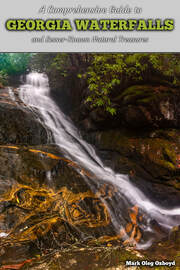
 RSS Feed
RSS Feed